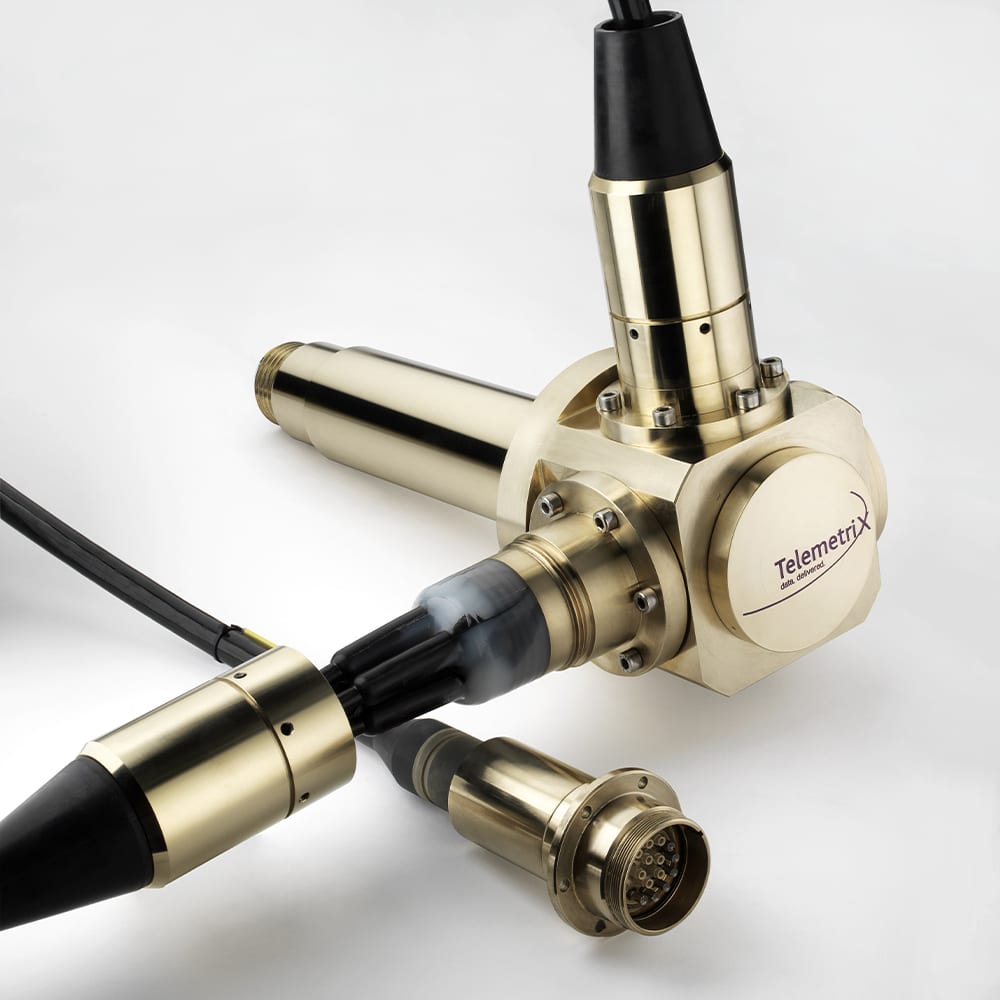Combining proven and new pressure hull penetrator technologies for safety and performance

Glen Richardson, Engineering Director & CTO of SMI, a privately held British company supplying the UK MOD for three decades
Submarines are becoming ever more sophisticated, with new and enhanced onboard systems delivering far more capable underwater defences for navies. While these improvements are welcome, they do present design challenges. How can multiple new and more demanding systems be integrated on a boat without compromising safety and with the long-term availability and performance of combat systems assured?
Where cables supplying data and power to these systems need to pass through the pressure hull, effort has always been made to use the minimum number of penetrations. Each time a pressure hull is penetrated, a potential point of catastrophic failure is created. Reducing the number of penetrations supports the availability of not just systems but the submarine as a whole, including the lives of the crew onboard. However, as data and power requirements grew, a new approach was required and that has given rise to the use of multi-service or junction box penetrators.
As with most technological solutions, multi-service penetrators solve some issues while creating their own set of challenges. Most notable is the switch from gland technology, used reliably in UK submarines for decades, to connector-based interfaces.
Minimise potential points of failure
Whereas a gland fully encapsulates a physically unbroken service through the penetrator, connectors inherently introduce additional potential points of failure. Contacts can be damaged in the mating process which requires skilled personnel, as well as carefully managed processes and protocols. In the case of optical contacts, cleanliness and inspection are also required.
Glands are inherently more robust than connectors, are assembled in a controlled manufacturing environment and require no maintenance once installed. In these terms alone, they offer advantages over connectors within multi-service penetrators. However, if use of a connector is unavoidable, products should be specified very carefully without compromise on quality.
Increase installation choices in low profile spaces applications
The physical routing of multiple services through a single point in a spatially constrained area of a submarine can cause designers and builders significant issues.
Connectors are designed to accommodate a single cable to the rear of a plug. This has led to larger cable designs being adopted in connectorised penetrator designs. The greater the diameter of a cable the bigger its bend radius, making it harder to install in the boat.
While SMI’s mouldings can facilitate the integration of multiple cables into a connector, the mechanical constraints of a mating connector significantly limit expansion. Glands can accommodate up to 20 cables. Multi-gland penetrators present an opportunity to achieve a low-profile installation, with the glands presenting at 90 degrees to the pressure hull. This would not be possible with traditional gland installations.
Failure of one cable must not lead to the failure of multiple services
A potential risk with bundling services together is that the failure of one component might cause the failure of others. In SMI’s mouldings, each cable is individually waterblocked and sealed. This prevents the phenomena of ‘cross hosing’, which is where water ingress somewhere along a single cable’s length floods all the cables in the penetrator, bringing down multiple-services on the submarine and creating a potentially extremely serious situation for the crew to manage.
Through-life availability and performance
We use polyethylene extensively in our mouldings, including glands. As a material, it has superior electrical insulation and longevity properties in marine applications over other often used plastics, such as polyurethane. Once polyethylene is amalgamated with surrounding cable and penetrator materials, the atomic bond is indivisible for the life of the platform and protected from the worst environmental conditions a submarine will face.
Maintaining a submarine’s fighting capability
Another potential risk on an in-service submarine is explosive shock. Creating a penetrator that performs consistently only in routine operating conditions is not enough. The penetrator must continue to serve the needs of the crew, the navy and its flag if the submarine is attacked.
SMI selects materials, processes and machining that can ensure our penetrators resist every environmental stress that an in-service submarine may face. Beyond the points discussed above, our glands are designed to withstand underwater shock and vigorously tested in the multi-gland penetrator, where they might see different shock effects from those installed in single, lateral penetrations.
SMI’s multi-service penetrators
For nearly 30 years, SMI has designed and manufactured products that act as the central nervous systems of platforms operating in hostile environments, including naval ships, submarines, aircraft, subsea power generation and transport.
Our bespoke, pressure moulded cable harness systems, through-hull penetrators and pressure moulded connectors reliably connect a platform’s systems throughout their life, ensuring operators have the power, performance and control they require to optimise platform effectiveness. SMI’s range of multi-service penetrators incorporate all of our experience and expertise, ensuring they are capable of meeting the unique challenges submarines face while delivering all the advantages promised by the technology.